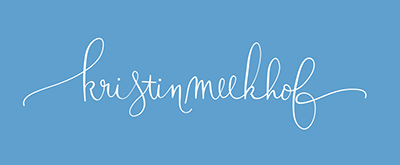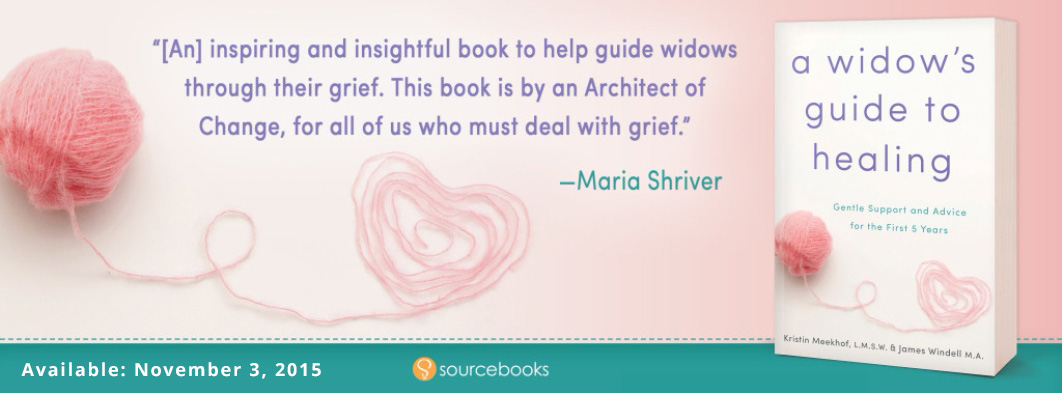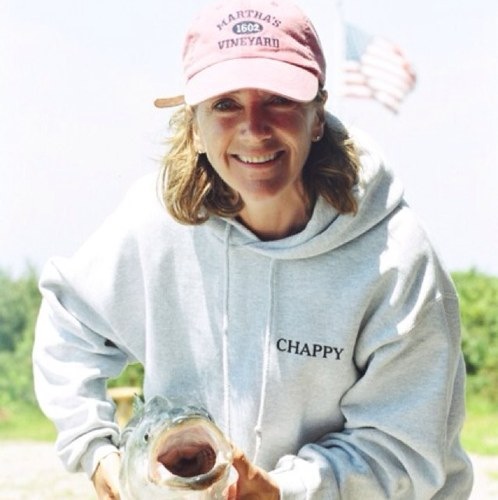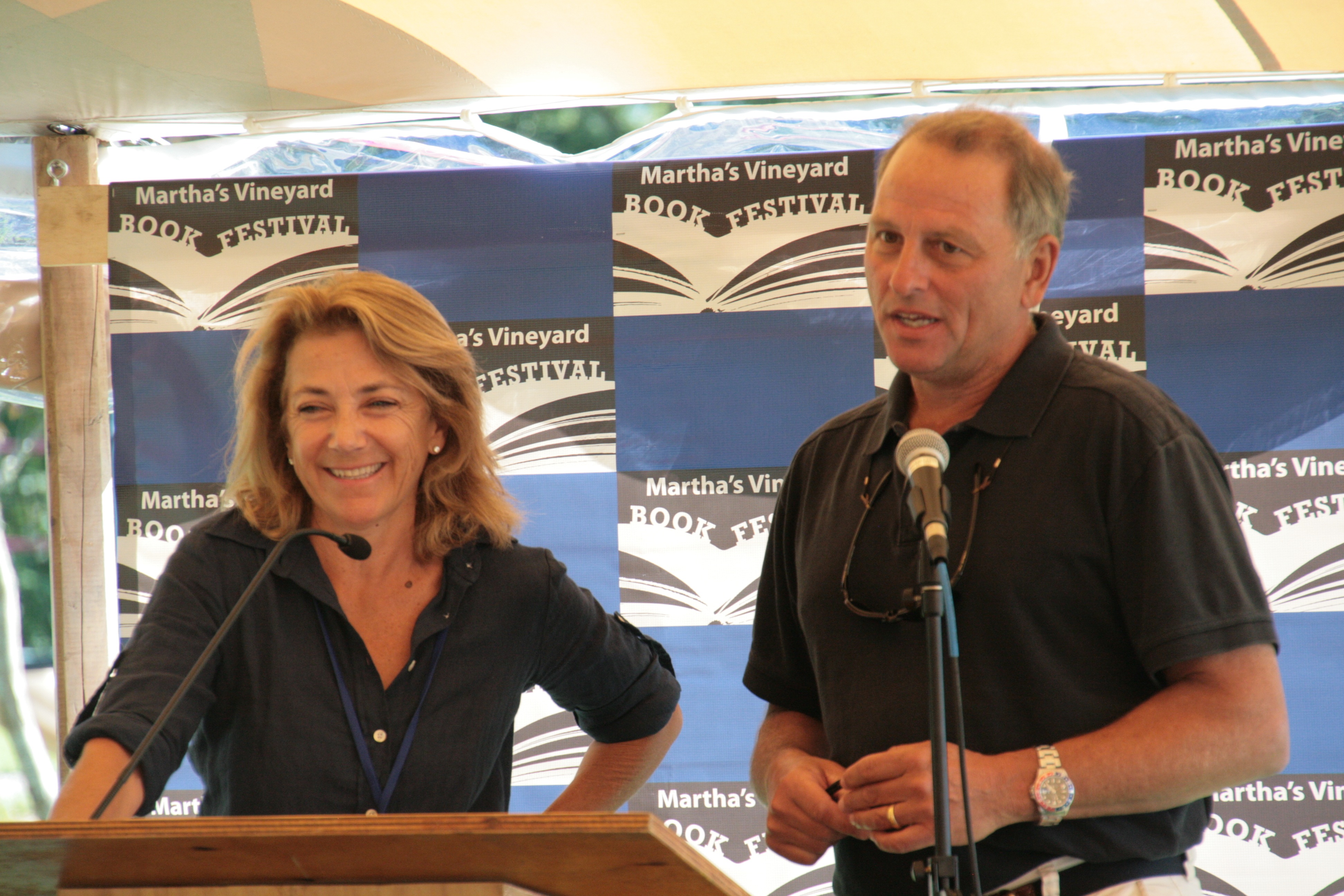Finding Healing in Solo Travel
When Passport Health asked me to write about my travel journeys, I immediately said, “Yes”. I didn’t have to think twice. I loved the idea of talking about why I started to do more solo traveling after my life changing event. While this next paragraph may seem a little dark, I encourage you to read on. I share my tips for taking solo adventure.
I was 33 in 2007 when my husband of four years was diagnosed with adrenal cancer. About eight weeks after his first doctor’s appointment he died. We didn’t have any children together, so I was truly alone. He died in November a few weeks before Thanksgiving, and his birthday was in early December. I was anticipating a tsunami of loss with these two dates followed by the December holidays. I shared this with a dear friend. My friend sustained a personal loss as well, and I felt she understood my situation. She suggested that I “do something different” this December. She shared how following their family’s own devastating loss, she and her husband took their children on a holiday.
I lived in Michigan, and the thought of being in a warmer climate for an extended weekend seemed very attractive. I booked a trip to Florida and made certain that my trip had all of the necessary creature comforts. I didn’t want to rent a car, so I took a shuttle from the airport straight to the hotel.
Prior to being married I had traveled alone, but this trip was different. It was less than four weeks after the funeral, and I was feeling raw and vulnerable. I booked the trip online and when asked who my emergency contact was it gave me pause. I tried to skip that part; however, the website wouldn’t allow me to continue. I quickly entered my uncle’s contact information. I packed the essentials in my carry- on, tucked a snapshot of my husband in between the pages of a book, printed my boarding pass, and headed to the airport.
The first solo restaurant meal was difficult. Looking at the menu, I immediately thought of my husband. I noticed that they offered a dish of mussels prepared exactly how my husband loved. I started to question myself if this was a smart decision because now I was looking at the lobster, and remembering the time we were together in Maine eating lobster. However, these intense moments passed. The second and third meals were easier.
Since that first Florida trip, I’ve traveled solo on several occasions. I’ve literally taken planes, trains and an automobile to reach my destination. On multiple occasions, I’ve traveled by myself to northern Michigan, New York City, Boston, and Chicago.
While you may not have experienced a death of a loved one, you may have experienced a different type of loss: a job, a friendship, a relationship, or a divorce. These types of losses are often unexpected, unwanted, and unplanned, which makes it even more painful. Personally, my journey of healing began with that extended weekend to Florida. However, you don’t have to travel a great distance to move closer to your own transformation. If you are planning solo travel for the first time, and you find the task daunting, here are some suggestions:
1. If you’ve never traveled alone, you may want to plan a day trip before scheduling a week long solo vacation. This will get your feet wet so to speak. For example, you will experience dining for one. Getting to know a place through your own lens is a different experience than sharing it with others, but don’t be intimidated.
2. When you are setting your itinerary, be sure to have a back-up plan. Earlier this year I was in Boston when an extreme blizzard hit. The airport, museums, major highways, and some restaurants were closed. This isn’t the first time I’ve found myself snowbound to my hotel, but I was disappointed that I wasn’t able to meet my family. I ordered a few movies, instead of having a pity party. Also, plans can quickly change even on a sunny day, and if you have a few alternatives in mind, it is easier to adapt to a sudden schedule shift.
3. Don’t expect a major transforming moment to occur because you may be setting yourself up for a large disappointment. While you may be saying “goodbye” to something or someone, don’t set your expectations too high. It is often in the smaller, unplanned moments that give birth to something new. On the Florida trip I began meditation, and it is something that I still practice.
I am grateful for this opportunity to share with you a part of my journey post loss. I will be traveling this fall to Kenya. A part of the trip will be to visit organizations that service widows. The second part of the trip, I will be on a safari. I look forward to sharing my experiences with you when I return.
You can also read this article on Passport Health










